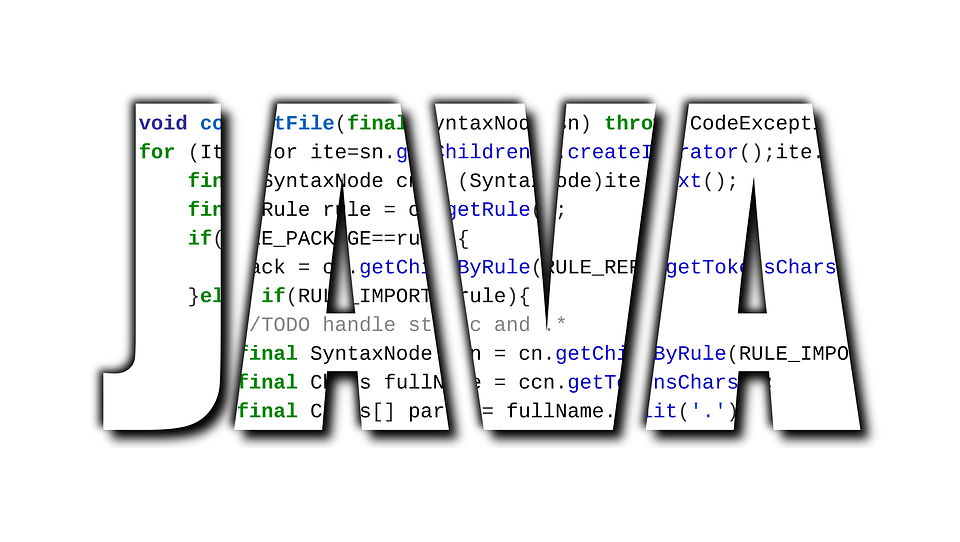Unless you are creating all your images, by drawing then inside the code with the Graphics2D commands, you will need an image library to load images as BufferedImages. You will also need an Image library if you wish to save the results.
ImageIO is part of Java, it is free and it supports a range of Image formats including GIF, JPEG, PNG, and TIF. Because it is expandable, there are additional libraries to extend it. We recommend you check out the excellent TwelveMonkeys image library which is free and Open Source.
ImageIO does have some limitations which can be summed up as:-
1. Could have better support for some image file formats.
JPEG/JPEG2000 support in ImageIO is not as good as it could be and the main reason we started writing our own Image library.
2. Does not support Image file formats
There are lots of image formats which ImageIO will not read and write.
3. Memory issues and Bugs
ImageIO uses native memory so it runs out of memory even if there is lots of Java heap. This can be a big issue with server software being shared between multiple users.
Alternatives?
Luckily there are options. Below we give you some reasons to use the excellent Open Source Apache Imaging library or own commercial JDeli image library. JDeli is the best pure Java image library for image compression. We think they provide the two best options if you need something more than ImageIO. Which one is best will depend on your exact requirements.
Are you a Java Developer working with Image files?
// Read an image
BufferedImage bufferedImage = JDeli.read(avifImageFile);
// Write an image
JDeli.write(bufferedImage, "avif", outputStreamOrFile);// Read an image
BufferedImage bufferedImage = JDeli.read(dicomImageFile);// Read an image
BufferedImage bufferedImage = JDeli.read(heicImageFile);
// Write an image
JDeli.write(bufferedImage, "heic", outputStreamOrFile);// Read an image
BufferedImage bufferedImage = JDeli.read(jpegImageFile);
// Write an image
JDeli.write(bufferedImage, "jpeg", outputStreamOrFile);
// Read an image
BufferedImage bufferedImage = JDeli.read(jpeg2000ImageFile);
// Write an image
JDeli.write(bufferedImage, "jpx", outputStreamOrFile);
// Write an image
JDeli.write(bufferedImage, "pdf", outputStreamOrFile);
// Read an image
BufferedImage bufferedImage = JDeli.read(pngImageFile);
// Write an image
JDeli.write(bufferedImage, "png", outputStreamOrFile);
// Read an image
BufferedImage bufferedImage = JDeli.read(tiffImageFile);
// Write an image
JDeli.write(bufferedImage, "tiff", outputStreamOrFile);
// Read an image
BufferedImage bufferedImage = JDeli.read(webpImageFile);
// Write an image
JDeli.write(bufferedImage, "webp", outputStreamOrFile);
What is JDeli?
JDeli is a commercial Java Image library that is used to read, write, convert, manipulate and process many different image formats.
Why use JDeli?
To handle many well known formats such as JPEG, PNG, TIFF as well as newer formats like AVIF, HEIC and JPEG XL in java with no calls to any external system or third party library.
What licenses are available?
We have 3 licenses available:
Server for on premises and cloud servers, Distribution for use in a named end user applications, and Custom for more demanding requirements.
How does JDeli compare?
We work hard to make sure JDeli performance is better than or similar to other java image libraries. Check out our benchmarks to see just how well JDeli performs.
